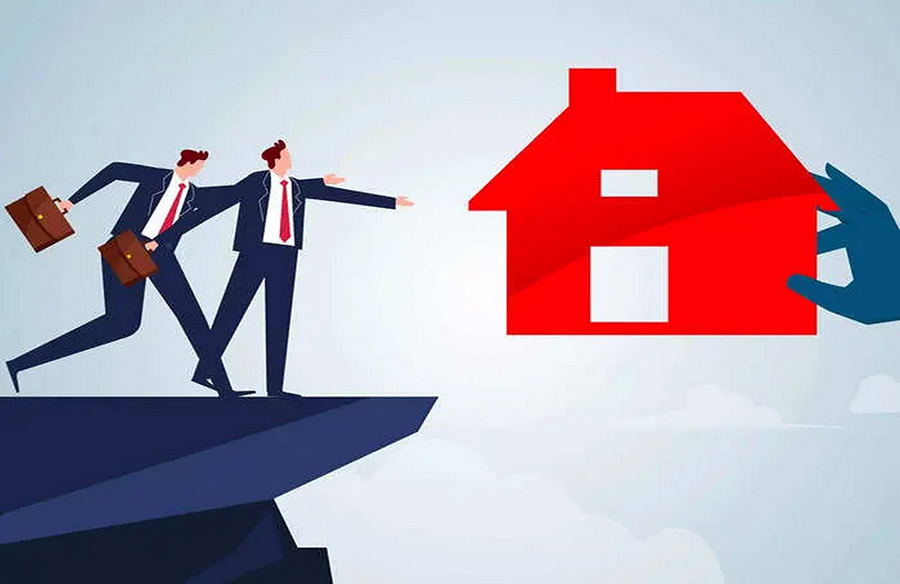
In recent times, there has been a perplexing gap between Americans’ perception of the economy and the empirical economic data indicating overall stability and growth. This phenomenon, often referred to as the “vibecession,” has intrigued experts and prompted rigorous analysis to uncover its underlying causes. Harvard University economists, in collaboration with researchers from the International Monetary Fund, have proposed an intriguing explanation centered around interest rates.
Revisiting Economic Sentiment
Published in February by the National Bureau of Economic Research, the economists’ working paper delves into the impact of elevated interest rates on Americans’ economic dissatisfaction. Departing from conventional inflation measures, the researchers devised a novel inflation calculation that incorporates the rising costs associated with borrowing for significant purchases such as homes and cars. By juxtaposing their revised inflation metric with the traditional Consumer Price Index (CPI) against the University of Michigan’s consumer sentiment index, the economists sought to elucidate the relationship between interest rates and economic sentiment.
The Role of Interest Rates
The findings revealed a substantial disparity between predicted and actual sentiment when using the official CPI measure. However, upon integrating their inflation measure, the sentiment gap for 2023 narrowed significantly, suggesting a more accurate reflection of Americans’ economic sentiments. According to Judd Cramer, a Harvard economist and coauthor of the paper, this underscores the failure of the standard inflation measure to capture the increased financial burden of debt, a critical determinant of economic satisfaction.
Limitations of Traditional Metrics
The traditional “misery index,” which combines inflation and unemployment rates, has long served as a barometer of economic well-being. However, the researchers identified a crucial flaw in this index—it fails to account for interest rates. Since the Bureau of Labor Statistics’ revision of inflation calculations in 1983, the impact of rising mortgage rates and borrowing costs has been overlooked. This oversight is particularly salient given the surge in mortgage rates in recent years, contributing to record-high mortgage payments and increased credit card debt burdens.
Developing an Alternative Measure
Recognizing this lacuna, the economists developed their inflation measure to incorporate interest rate costs, akin to methodologies employed in the 1970s. Their analysis suggests that the economy may not be as robust as conventional metrics indicate, with consumers’ somber moods more comprehensible in light of escalating interest rate expenses. The researchers argue that this revised inflation measure offers a more nuanced understanding of economic sentiment, aligning closely with real-world financial burdens.
Implications and Outlook
While other factors such as political polarization and negative media coverage may contribute to the sentiment gap, the impact of interest rates on consumer sentiment remains pronounced. As evidenced by recent trends, fluctuations in mortgage rates directly influence economic sentiment, underscoring the interconnectedness of financial factors and public perception. Looking ahead, potential Federal Reserve rate cuts may alleviate borrowing costs, potentially improving Americans’ economic outlook and bolstering President Biden’s reelection prospects.
In summary, understanding the intricate relationship between interest rates and economic sentiment provides valuable insights into the “vibecession” phenomenon, highlighting the need for comprehensive metrics that account for evolving financial dynamics.










Leave a Reply